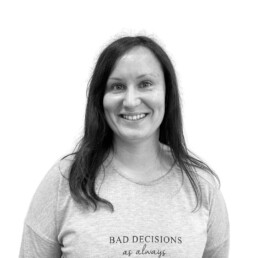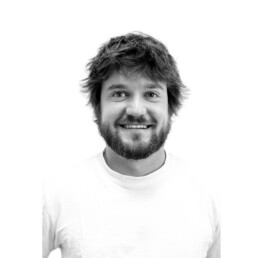
Internal Cycle of Seminars at IMEDEA (CISI) consist on a cycle of seminar presentations given mainly by doctoral students, masters and junior postdocs, although it is not closed to other staff, such as visitors and staff, that take place every Friday from 12:00 p.m. to 12:30 p.m in the seminar room os IMEDEA.
This represents a great opportunity to learn more about the research carried out at the Institute and to bring those with less experience , the chance of increasing their presentation and public speaking skills. Afterwards, there will be coffee and some biscuits 😉 We strongly encourage you to participate. Join us!
Previous Seminars
Internal Cycle of Seminars IMEDEA - Bernat Morro «Molecular tools for physiology»
Abstract
In rainbow trout ( Oncorhynchus mykiss ) aquaculture a significant portion of the fish die (around 10%) or experience growth stunting (GS; around 10%), which represents an important profitability and welfare issue. In the presented study, we aimed at characterising the GS phenotype in seawater-transferred rainbow trout using untargeted and targeted molecular biology methods, discovering the implication of a variety of pathways. During this talk, each method used will be explained in detail, showcasing the capabilities of each one.
Link to the video here







